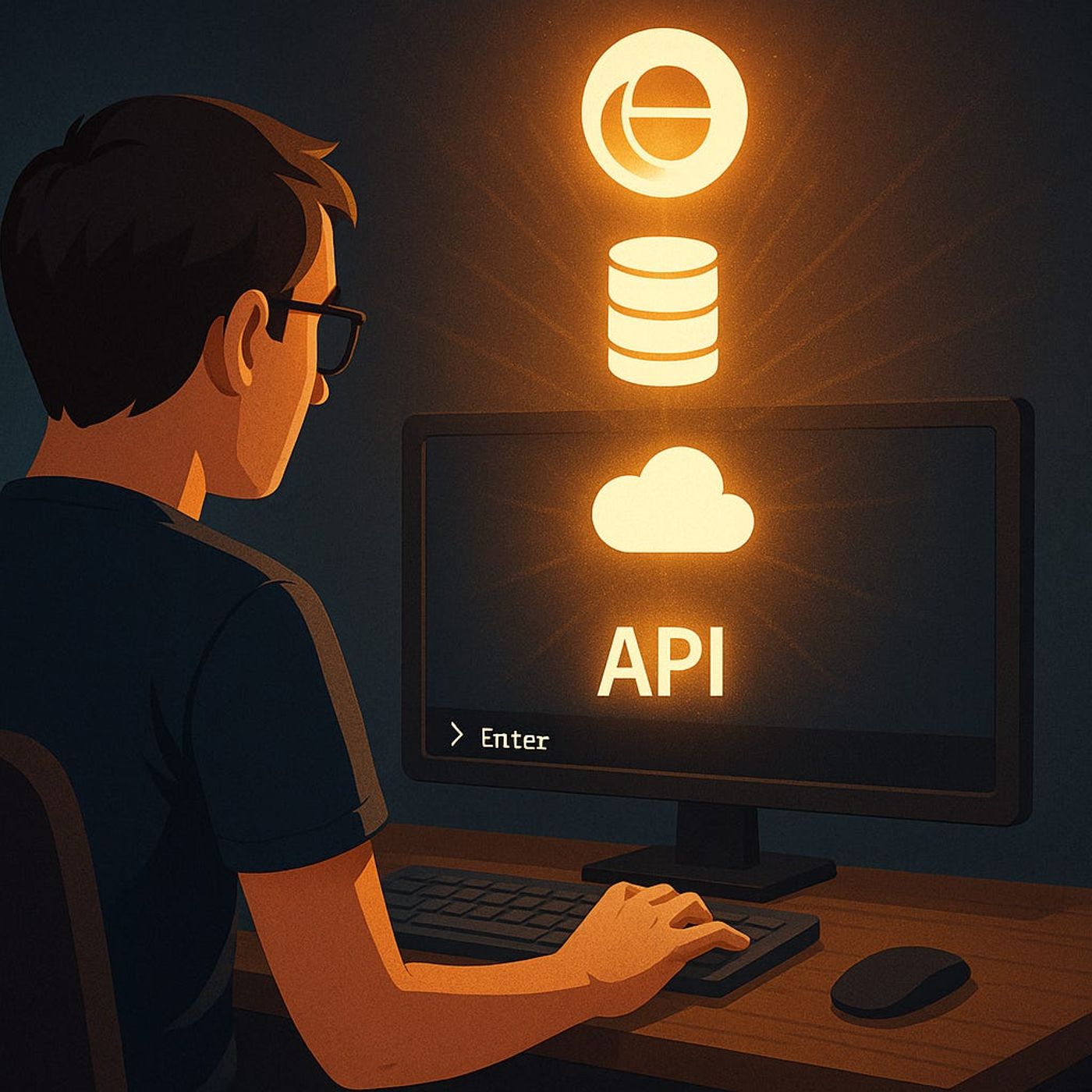Podcast Episode Details
Back to Podcast Episodes
The One Command That Runs Your Whole Stack
How many hours have you lost just trying to get your local dev environment to behave? Spinning up APIs. Configuring databases. Syncing services. All of it happens before you even touch a line of business logic, and it starts to feel like setup is half your actual job. Aspire advertises something different — a single command designed to orchestrate your frontend, backend, and dependencies so they start together. It’s not pitched as another layer of complexity, but as a way to make your existing tools finally work in sync. In this podcast, I’ll show you the command itself, walk through the built-in dashboard that reveals what’s happening under the hood, and explain why it doesn’t require replatforming your stack. Because the real problem here isn’t just wasted time — it’s what setup is quietly taking away from actual development.The Hidden Time Drain Nobody Talks AboutHere’s the thing almost nobody admits: the real time drain in development isn’t coding itself. It’s the hours lost to setup and maintenance — the hidden work that so often derails momentum before you’ve even opened your editor. That’s the trap we need to put under a spotlight. Take onboarding a new hire. They join ready to contribute, open their laptop, and instead of pushing their first change, they’re stuck on outdated docs that reference Docker scripts written years ago. The commands fail on their OS, the config no longer matches the reality of the stack, and soon they’re escalating to teammates just to chase environment variables. What should be a productive first day turns into a scavenger hunt that slows everyone down. Now zoom out to someone who’s been with the codebase for years. They make a routine update, expecting to get into feature work, but instead a single service crash spirals into hours of reconfiguring logging formats, hunting through YAML files, and rebuilding containers. By the time things are stable again, half the day is gone. Nothing new has shipped, and all that energy went into keeping the system upright. Scenarios like these aren’t edge cases—they’re daily reality. A significant chunk of a developer’s time gets eaten by startup fragility and dependency sprawl. And while each step seems small—fix a config here, restart a container there—the cumulative effect across the team is huge. It becomes a cycle of maintenance work that looks invisible on a roadmap, yet it steadily drags delivery down. This drain is more than inefficiency; it also makes the whole process fragile. Running a dev stack often feels like assembling flat-pack furniture with instructions that no longer match the pieces. You tighten one screw, another pops loose. Even when everything holds together, it wobbles. That environment works in theory, but it’s always one step away from collapsing under its own complexity. The harder truth is that these loops sneak up on everyone. Developers crave momentum—the shortcut from idea to running code. But instead of speed, we keep colliding with environment issues that sap focus. It’s a structural obstacle, not a personal failing, and it doesn’t matter whether you’re onboarding, patching, or building something new. The friction is baked into the process. This is where the question becomes unavoidable: why are we still accepting all this overhead as normal? If modern frameworks, languages, and infrastructure promise acceleration, why does the local developer loop still feel so heavy? What would it look like if the setup cycle wasn’t yet another problem to manage but something that simply worked in the background—with no scavenger hunt involved? Because here’s the tantalizing possibility: there might be a way to collapse the entire cycle. Imagine skipping the endless scripts, ignored YAML warnings, and fragile workarounds—replacing all of it with a single command that not only runs the whole stack but also makes it observable from the start. Now imagine that whole scavenger hunt could start and finish with one command — and with built-in obs
Published on 5 days, 4 hours ago